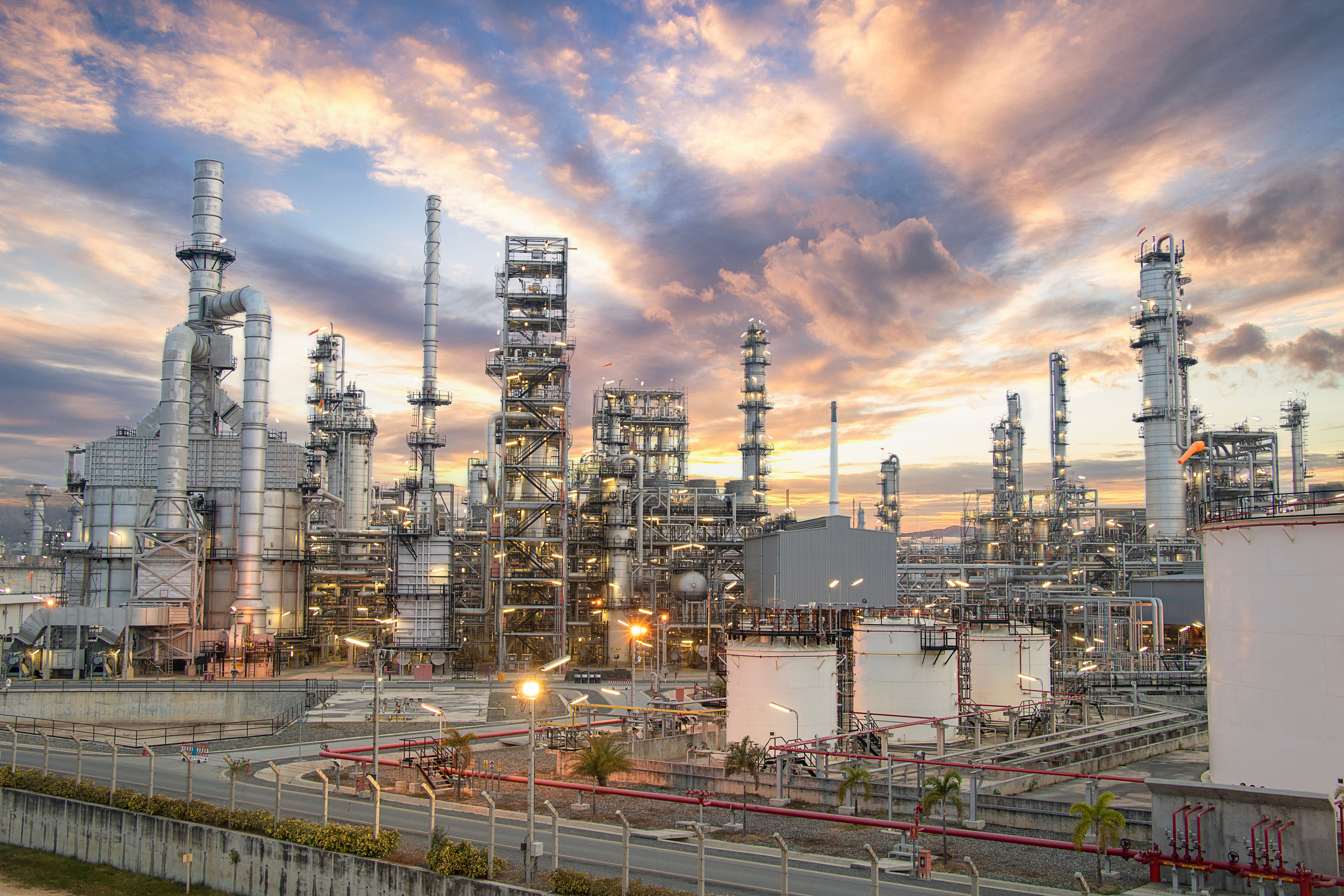Executive Summary 
In the industrial processing facilities of today it is not enough just to survive in this highly competitive market. Companies need to improve efficiencies, modernize processes, and invest in their facilities to help meet the ever-changing needs of their customers and to grow their business.
In 2021, a large petroleum company in the Middle East invested in a large-scale modernization and expansion program to boost their processing capacity. This refinery expansion project included an additional 30,000 I/O for their Yokogawa CENTUM VP Distributed Control System (DCS) and 16,000 I/O for their Safety Instrumented¬ System (SIS), Emergency Shut Down (ESD) and Fire and Gas (F&G) protection systems. Yokogawa’s ProSafe-RS safety system was selected to deliver the SIS expansion and would work alongside the pre-existing Triconex safety system.
There was a clear mandate from the customer regarding the visualization of alarm data from both Triconex and ProSafe-RS safety systems. Requiring critical alarm information to be presented in the same view, with clear specifications relating to the format and display of alarm and event messages that Operators were accustomed to with the pre-existing Triconex safety system.
As the Triconex alarm viewer was not able to show messages from ProSafe-RS, a solution was needed to present alarm data from both safety systems in a single view. To facilitate this, Exaquantum Sequence of Events Recorder (SER) from Yokogawa, was selected to provide a centralized, web-based interface, that would enable Operators to access and view the alarm data from both underlying safety systems in a user-friendly format.

Challenges
ProSafe-RS is one of the world’s leading safety systems, but the way in which original event messages are presented fell short of the customer requirements and would have been a huge setback for the project. The alarm messages in ProSafe-RS Sequence of Events (SOE) have a different structure and format compared to messages from a Triconex system and lacked some of the details and information required. Visually, these messages look very different compared to the Triconex alarm viewer, so Operators would be unfamiliar with the view of event messages coming from Prosafe-RS.
To visualize alarm and event messages from Triconex and ProSafe-RS, SER was selected due to its ability to collect data from both safety systems. However, the standard SER interface did not meet the alarm visualization specifications for this project, so modifications were needed to replicate the visual display and functionality in the Triconex alarm viewer.
Solution
To meet the specifications, the original event messages from ProSafe-RS needed to be enhanced with more detailed information. In addition, the SER user interface needed to be enhanced to present a familiar view of alarm data to Operators that was akin to the Triconex alarm viewer.
ProSafe-RS Message Conversion
Original event messages in ProSafe-RS are not presented in an easily readable format for Operators, therefore, these needed to be converted and enhanced for display in the SER user interface.
This message conversion process involved maintaining the original event messages received from ProSafe-RS and creating additional columns for Tag Name, Event Message and State. To further enhance the information, the Event Message field was modified to provide more readable and understandable descriptions that would enable Operators to better interpret information from the Triconex and ProSafe-RS safety systems.
Message conversion is performed on-the-fly using a message conversion lookup table where ProSafe-RS messages are mapped on the Type, Resource and Source attributes, allowing the Tag Name, Event Message and State attributes to be set as described:
- Tag Name - the tag name associated to the A&E message shall be displayed against each event
- Event Message - a new message attribute containing a meaningful message describing the AE event. The event description length is 255 characters, or longer to ensure it provides adequate description for Operators to comprehend and understand.
- State - the condition state associated with the A&E message. The event status message shall be configurable based on type. The Current SOE viewer displays alarm states as red and Normal states as blue.
To allow for future modifications and adjustment to made easily, the message conversion lookup table is user configurable. An import/export function is provided in CSV format enabling engineers and accredited users to edit the configuration using Microsoft Excel to keep the messages aligned to the safety system.
SER Display Enhancements
With the modifications to the event messages, SER needed some enhancements to improve the visualization and filtering capabilities and deliver an enhanced user experience that was similar to the Triconex alarm viewer station. One of the main requirements for SER was that new event occurrences shall be highlighted in a different colour. The customer wanted to show a rolling log to highlight raise events in one colour (Red) and return to normal events in another (Blue) for alarms as a visual aid for Operators.
SER was also enhanced to allow more advanced highlighting and filtering of the data, including:
- Ability to add filter groups and sub-conditions
- Ability to highlight items in different colors
- Ability to exclude or highlight items by right-clicking on an item
- Ability to save all highlights, filters and chosen columns into a filter definition file, so that standard views can later be retrieved easily
SOE Data Archive
The SER visualization developments and data filtering capabilities provides an enhanced user experience which was much more user friendly compared to the original event messages in ProSafe-RS. It was also important that a good level of performance could be maintained to display the events when any new event occurs. To ensure system performance is maintained over time, SOE data is archived every 24-hours to a designated share folder on the network in CSV format. Historical data records are easily accessible from the archive to assist with troubleshooting or more detailed data analysis in Excel by accredited users with access to the shared folder.
Key Takeaways
Show data from Triconex and ProSafe-RS in the same view
Yokogawa were successful in securing a major refinery expansion project, as they were able to meet the alarm data visualization requirements providing the same view of alarm data from both Triconex and ProSafe-RS safety systems using SER. Triconex is not able to integrate event messages from ProSafe-RS, whereas SER is able to interface data from multiple control and safety systems and provide a unified view of alarm and events messages.

Provide a familiar view of alarm data to Operators
One of the specific project requirements was to ensure Operator familiarity in terms of how alarm data is displayed and visualized. They were acclimated to the Triconex alarm viewer interface and this view needed to be replicated in any solution proposed by Yokogawa. ProSafe-RS did not provide all the data required, and SER did not provide a view of the event messages that Operators had become accustomed to. By enhancing the ProSafe-RS SOE messages and converting them into a format that Operators can understand and interpret it helped secure this important project.
Enhanced SER Display
SER was a key factor in meeting the customer requirements for the visualization of alarm data. With an enhanced SER user interface, Operators had a familiar view of alarm information, with the functionality to highlight specific alarm states in contrasting colors to help identify and process information very quickly from both safety systems. The additional filtering and highlighting of certain information provided a real benefit for Operators with quick and instant access to critical plant information.
The success of this project hinged on Yokogawa’s flexibility to find a user-friendly solution that met the functional requirements regarding visualization of alarm information. This project was also a catalyst, opening up other significant opportunities and further discussions between Yokogawa and the customer in the area of alarm management.